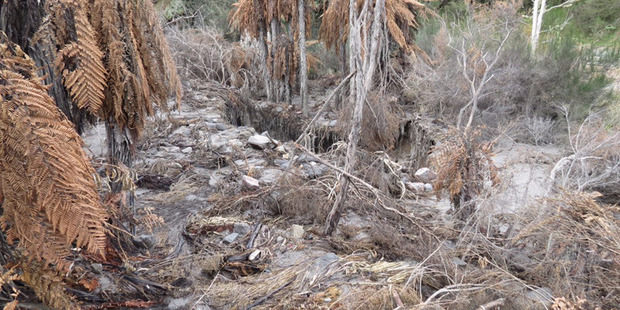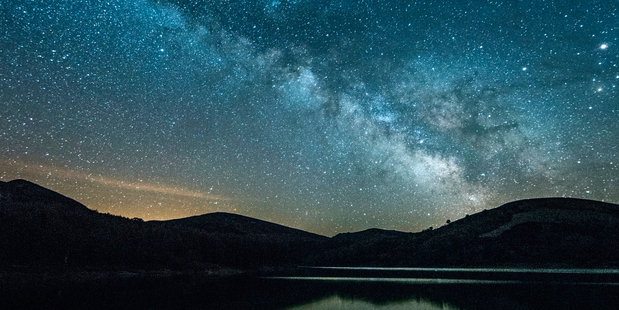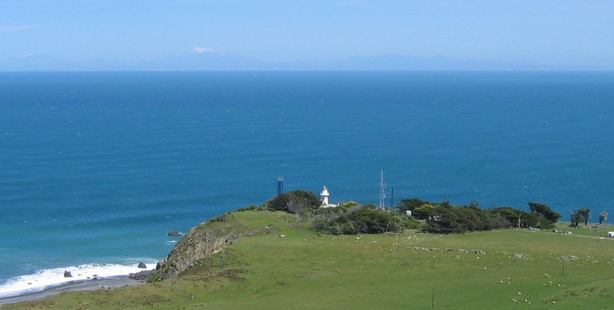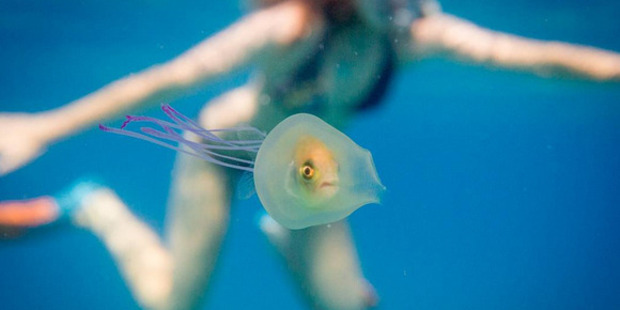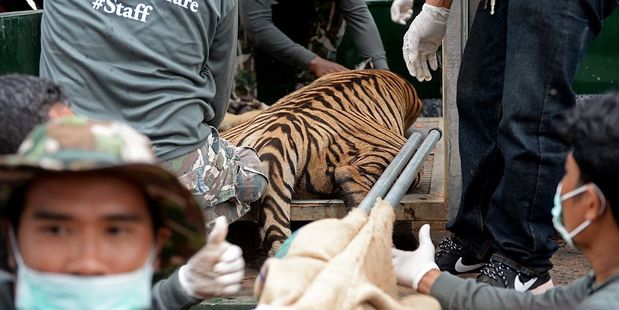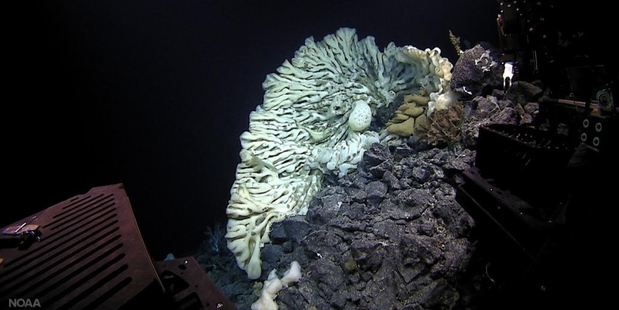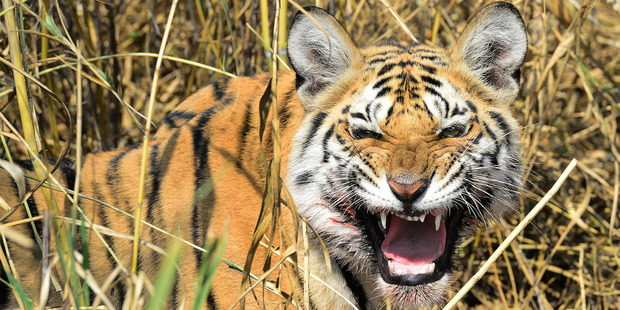Earlier this month, Nasa scientists provided a visualisation of a
startling climate change trend - the Earth is getting greener, as
viewed from space, especially in its rapidly warming northern regions.
And this is presumably occurring as more carbon dioxide in the air, along with warmer temperatures and longer growing seasons, makes plants very, very happy.
Now, new research in Nature Climate Change not only reinforces the reality of this trend - which is already provoking debate about the overall climate consequences of a warming Arctic - but statistically attributes it to human causes, which largely means greenhouse gas emissions (albeit with a mix of other elements as well).
http://www.nzherald.co.nz/environment/news/article.cfm?c_id=39&objectid=11664809
And this is presumably occurring as more carbon dioxide in the air, along with warmer temperatures and longer growing seasons, makes plants very, very happy.
Now, new research in Nature Climate Change not only reinforces the reality of this trend - which is already provoking debate about the overall climate consequences of a warming Arctic - but statistically attributes it to human causes, which largely means greenhouse gas emissions (albeit with a mix of other elements as well).
http://www.nzherald.co.nz/environment/news/article.cfm?c_id=39&objectid=11664809




